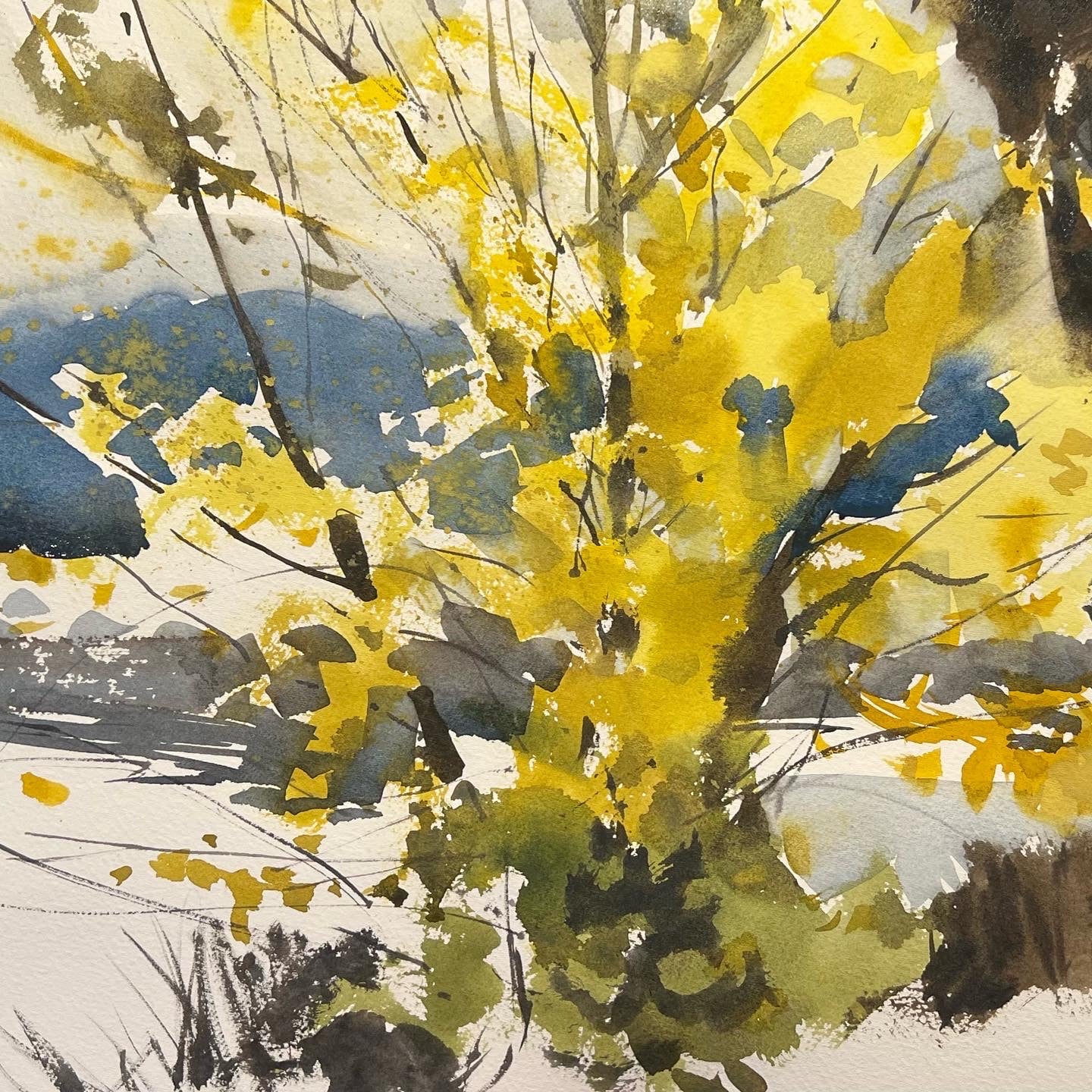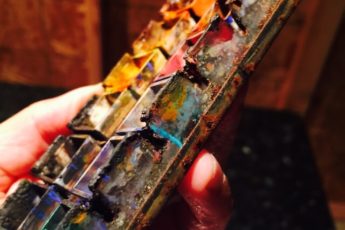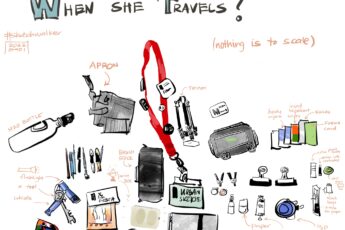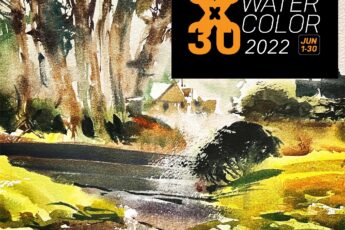Story of mentoring 5 artists (who I have not met before) remotely over 3 months. If it works, then this becomes the blueprint one replicate in future with lesser planning effort.
Psst: I am microblogging this on sub-stack, so if you only want emails about this topic, better subscribe there (click). Unsubscribe from it when the mentorship ends in March 2023
Backstory.
I am mentoring a group of 5 artists in Mumbai, India who are part of a 17 member collective that will have a show 2023. I do not know the artists personally although I will come to know them in the process of mentoring. Previously, I have mentored 2 people long term and remotely but am giving it a formal structure since I want to make the mentoring efficient, time limited and towards a specific goal.
My specific goals are:
- To make individual artists feel they elevated their own game without feeling the duress of an external mark of product quality while enforcing effort quality with a plan.
- Since it’s a collective show, making each person’s contribution cohesive will lead to raised cohesion of the collective show. The challenge in such a show is curation of ideas so that even when 17 art styles speak, the exhibit viewer can enjoy ‘short stories’ like versions in each artist’s panel before disengaging and moving to the next art panel.
Meeting One
1. Mentor homework: Study the mentees body of work
Find individual strengths and weaknesses. When relaying weaknesses, see if they can be clubbed together. If it is, feedback for the group is consumable and brings up less resistance. This mentorship will be done remotely – which itself presents challenges for language and tone, therefore, as far as possible, addressing common things as common things instead of individual (e.g. your washes) thing should help.
2. Set up expectations of artists themselves.
Without verbalizing what success will look like for the individuals, it will be hard to guide them towards that goal. Additionally, knowing cohort expectations will also allow the mentor to relay the areas they cannot help in. Here are the questions that I asked in Meeting One.
Questions of mentees
- What does a successful showing look to you?
To guide the answer the following sub questions were asked.- Why are you in a mentorship group? Need 1-3 point in order of priority.
- Why do you want to be in a show? Need 1-3 point in order of priority.
- What is your vision for the show?
Following questions will help to tailor the answer into practical terms.- What is the size of paintings you envision seeing in the exhibit at the end of this endeavor?
- What is the medium you can practice even when you are tired and upset?
- What is the topic you want to showcase in your art?
3. Why
Each answer to the questions raised above feeds the how and why of the study plan. Next point has a rough study plan to be edited in Meeting TWO when the mentees come back with their individual answers.
Timeline for mentorship: January – March 2023
Guideline for mentorship: Safe space for artists and the mentor herself.
Expectations: Commitment to painting, commitment to mentorship within the said apps/times. The aim is for the mentor not to burnout either.
4. Plan – part 1
- Everyone draws daily 20 minutes, no exceptions.
- We start painting at half the size of the expected end size of painting. We will solve stamina, technical issues on a smaller scale to get a quicker turnaround. Scaling up brings with it challenges, we will address them later. If we fail to scale, then, we have a stack of smaller scale works that can be framed. Ensuring size equality reduces framing costs too. Visions with one primary piece with other smaller offset works are welcome too – we will customize work plan for that. Customized plans will be encouraged with those who are self disciplined, else for a first show participant, this will be discouraged.
- Everyone needs to use the best possible paper that’s affordable. Amass the quantity of paper required to make at least 20 practice paintings and 8 final pieces.
- When choosing topics, note availability of reference pictures that the artist can self provide or a topic that can be easily drawn from life. Collect your references now.
- Roughly, I expect:
Jan = Drawing practice, 2 practice paintingsFeb = 4 practice paintings, 1 exhibit piece
Mar = 4 practice paintings, 1 exhibit piece - At end of the Feb we evaluate: Are the success metrics being met? If not – change goal/mentorship group.
- At end of March, the mentees will have the habit of working towards their goal and will be able to paint the remaining 2-3 final pieces without Uma’s intervention.





